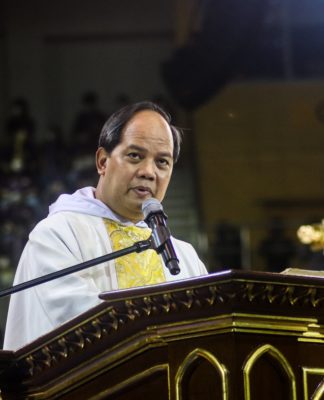
BRIGHT and captivating—these are the words that best describe the color yellow. But for former President Corazon “Cory” Aquino, yellow holds a deeper meaning—it symbolizes peace, democracy, and liberty. And hope.
Cory became the last flicker of hope for the Filipino people after her husband Ninoy was killed by agents of the Marcos dictatorship. What followed was a peaceful revolution leading to the historic installation of the first woman president of the Republic of the Philippines, following the overthrow of the iron-fisted Marcos regime in 1986.
Cory’s presidency was hailed as the golden age of Philippine democracy, when all civil liberties were returned, and when the voice of the people was again heard through a plebiscite that put the 1987 Constitution in effect up to this day.
She gave power back to the local governments through the enactment of the Local Government Code, and gave land to poor farmers through her comprehensive agrarian reform program.
Her gains were praised not only by Filipinos, but also by the world. She was proclaimed “Woman of the Year” by the Time Magazine, and was even nominated for the Nobel Peace Prize.
But not all were impressed. Just like any other government, hers was also rocked by controversies such as those involving her family’s land in Hacienda Luisita, as well as coup attempts that shed a lot of innocent blood—something that did not even happen during the People Power revolt.
Yet Cory survived, and she continues to inspire Filipinos nowadays as she courageously fights cancer, a disease less painful than what she had endured with the brutal death of Ninoy.
In her acceptance speech in 1987, when UST conferred on her the degree of Doctor of Laws, honoris causa and the Golden Cross, Cory said: “We have achieved only half of our total liberation. Only one half has been freed—the other is still shackled to poverty, social injustice, and underdevelopment.”
More than two decades after, that half of our liberty still remains tangled with the same problems, a tremendous waste of opportunity by Cory’s successors.
Nevertheless, Cory enjoys the adulation of a nation grateful for her legacy, something that has yet to be said of leaders who had followed her. Sixty percent of Filipinos still trust her (according to a Social Weather Stations survey)—a far cry from the negative ratings of President Gloria Macapagal-Arroyo.
Amid so much corruption and deceit, made worse by the economic downturn, Filipinos can only draw strength from Cory’s courageous battle with cancer. Her story, after all, is also our own.

















